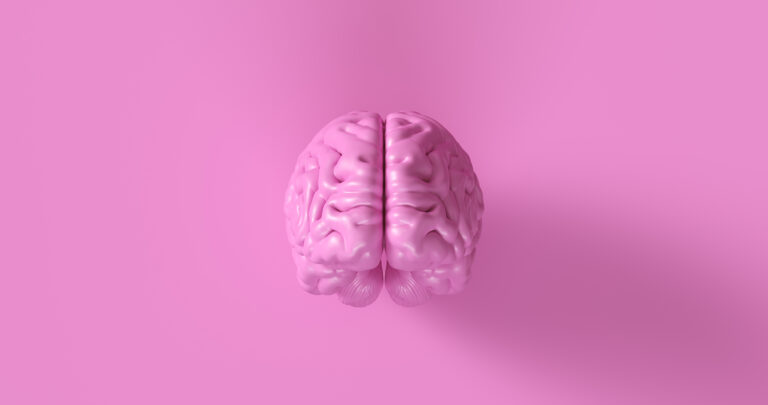A thalamic stroke is a type of stroke that affects the thalamus, a small but crucial part of the brain that is responsible for relaying sensory information to other regions of the brain. When a stroke occurs in the thalamus, it can lead to cognitive impairment, which is a broad term used to describe changes in a person’s ability to think, remember, and carry out everyday tasks.
Understanding Thalamic Stroke:
A stroke occurs when there is a disruption in the blood flow to the brain, resulting in damage to brain cells. In the case of a thalamic stroke, this disruption happens in the thalamus, a structure located deep within the brain. The thalamus acts as a switchboard, receiving sensory information from various parts of the body and sending it to the appropriate areas of the brain for processing. It also plays a role in regulating sleep and wakefulness.
Causes and Symptoms:
The most common cause of a thalamic stroke is a blood clot or blockage in one of the arteries that supply blood to the thalamus. This can be caused by conditions such as high blood pressure, diabetes, or atherosclerosis (hardening of the arteries). Less commonly, a thalamic stroke can also occur due to bleeding in the brain.
The symptoms of a thalamic stroke may vary depending on the severity and location of the stroke. Some common symptoms include weakness or numbness on one side of the body, difficulty speaking or understanding language, and vision problems. However, when the thalamus is specifically affected, it can lead to cognitive impairment.
Cognitive Impairment:
Cognitive impairment refers to changes in a person’s cognitive abilities that affect their thinking, understanding, and memory. In the case of a thalamic stroke, this impairment can manifest as difficulty with attention, concentration, and problem-solving. It can also cause difficulties with short-term memory, making it challenging to learn new information or remember recent events.
Other common symptoms of cognitive impairment after a thalamic stroke may include confusion, disorientation, and difficulty with decision-making. These changes can have a significant impact on a person’s daily life, making it challenging to perform routine tasks or engage in social activities.
Diagnosis and Treatment:
Diagnosing cognitive impairment after a thalamic stroke may involve various tests such as a neurological exam, brain imaging, and cognitive assessments. These tests can help healthcare professionals identify the specific areas of the brain affected by the stroke and the extent of cognitive impairment.
Treatment for thalamic stroke cognitive impairment may include medication to manage any underlying conditions that may have contributed to the stroke. Additionally, rehabilitation therapies such as speech therapy, occupational therapy, and cognitive therapy can help improve cognitive functioning and quality of life.
Living with Thalamic Stroke Cognitive Impairment:
Thalamic stroke cognitive impairment can have a significant impact on a person’s life, but it does not necessarily mean a complete loss of cognitive function. With proper treatment and support, individuals can learn to adapt and live fulfilling lives despite the challenges.
Family and caregiver support can also play a vital role in helping individuals with thalamic stroke cognitive impairment. It is essential to understand the person’s condition and provide them with patience, understanding, and encouragement. Simple accommodations such as using written reminders or breaking down tasks into smaller steps can also make a big difference.
In conclusion, a thalamic stroke can have a considerable impact on a person’s cognitive abilities due to the vital role the thalamus plays in brain functioning. However, with early detection, proper treatment, and support from loved ones, individuals with thalamic stroke cognitive impairment can still lead meaningful and fulfilling lives. If you or someone you know experiences any symptoms of a stroke or cognitive impairment, seek medical attention immediately for proper diagnosis and treatment.





